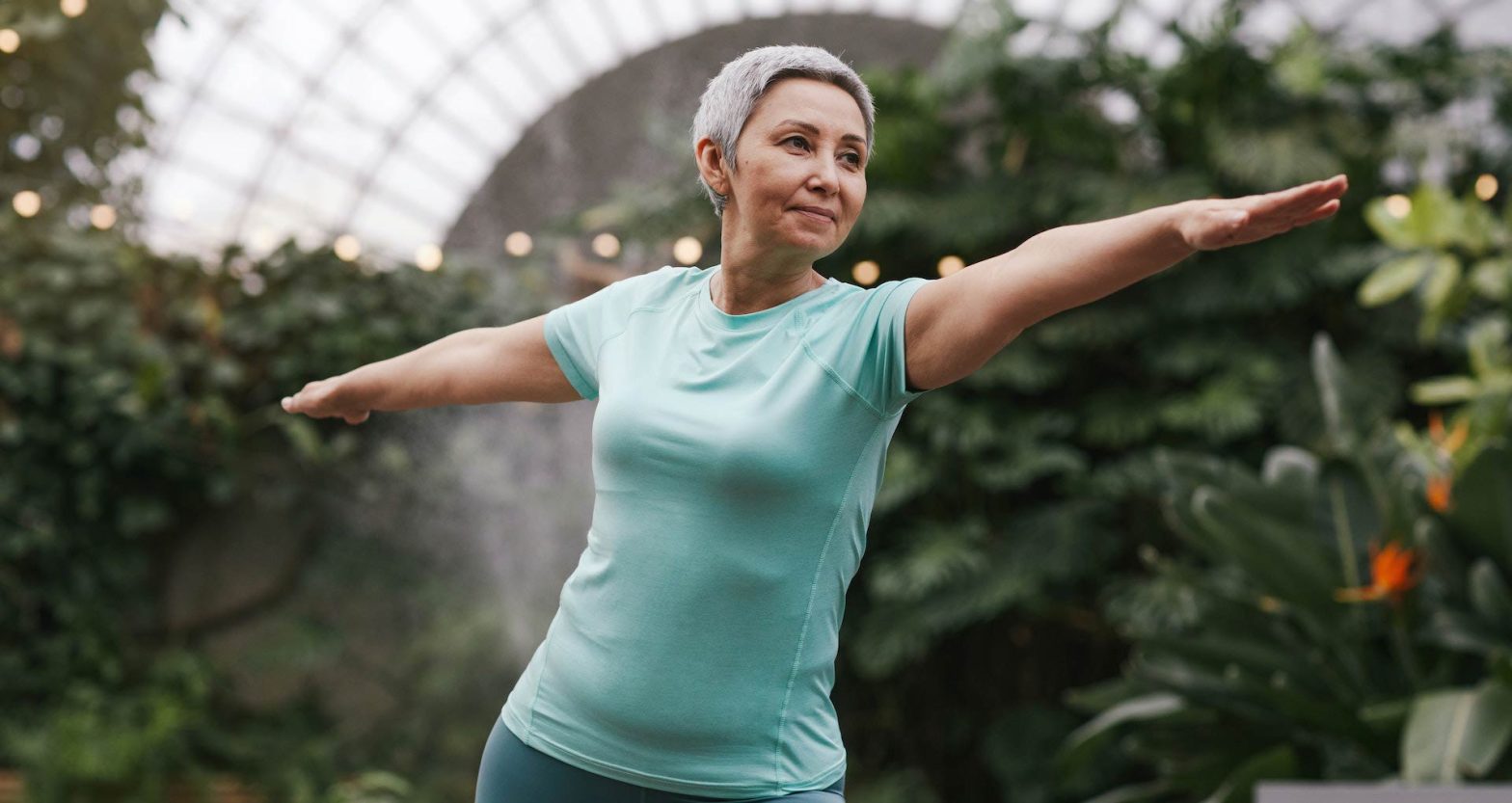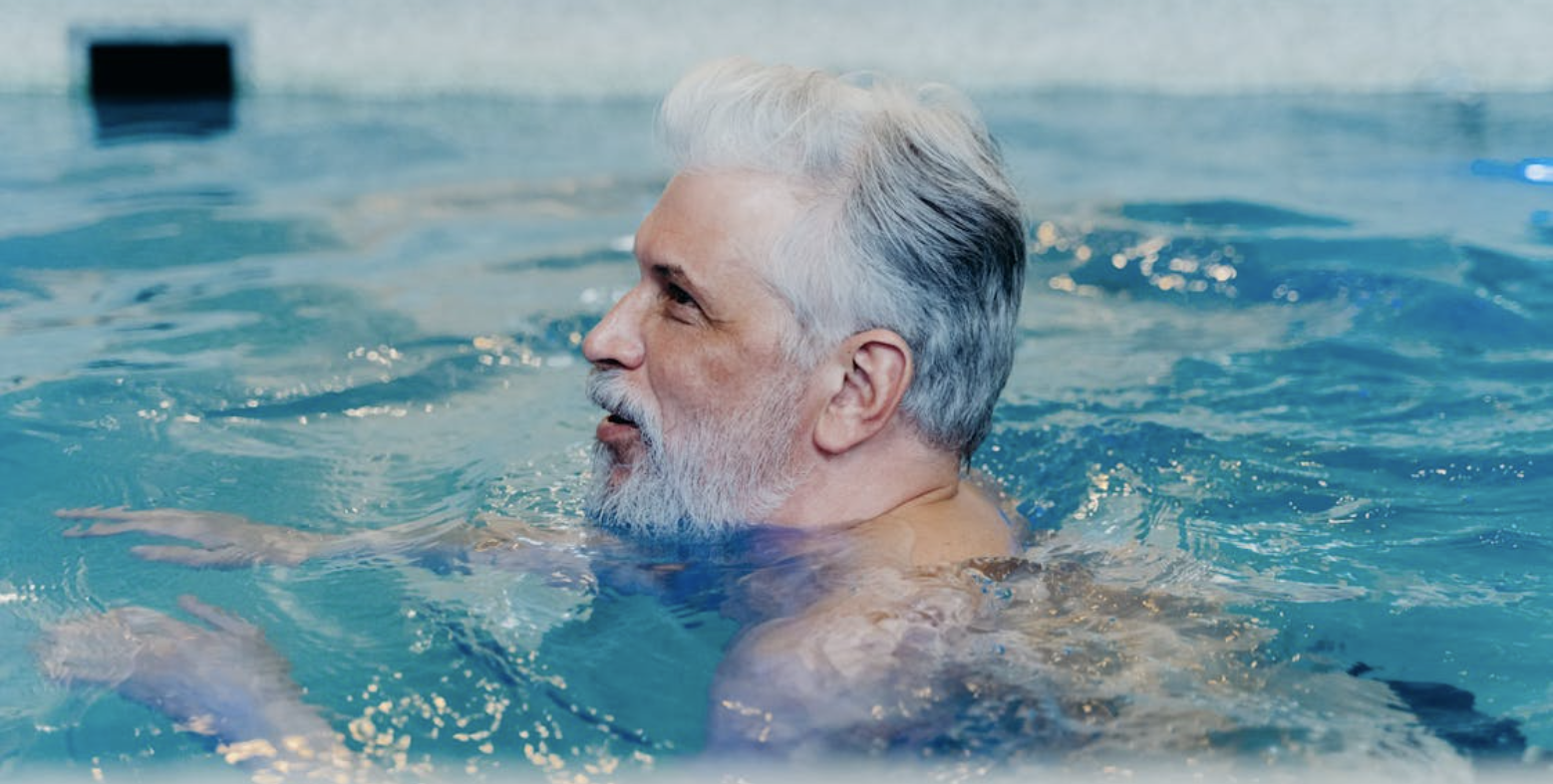Speak to a local care advisor at Assisted Living Locators by calling (888)-267-4741.
Learn about Assisted Living, Senior Living, Memory Care, and In-home care options.
Physical activity is essential for everyone, regardless of age. However, its importance magnifies as we grow older. For seniors over 70, regular exercise can provide a plethora of health benefits, including improved strength, better balance, and enhanced flexibility. Furthermore, it promotes independence, reducing dependence on others for daily activities. This guide will delve into the world of exercises ideal for seniors over 70, offering detailed insight into the types of exercises, their benefits, and essential precautions.
Why Exercise is Essential for Seniors Over 70?
Promotes Independence
An active lifestyle allows seniors to sustain their independence longer. Regular physical activity can enhance an older adult’s ability to perform daily tasks independently, such as walking, cooking, eating, bathing, and dressing1. Thus, if maintaining autonomy is a priority, exercise becomes an indispensable part of your daily routine.
Enhances Balance
Balance becomes a critical concern for older adults. According to the National Council of Aging2, every 11 seconds an older adult is admitted to an emergency room due to a fall-related injury. However, regular exercise can reduce the likelihood of falling by enhancing balance3.
Boosts Energy Levels
Inactivity can lead to fatigue, while physical activity promotes the release of endorphins–neurotransmitters linked to pain mitigation and a sense of well-being4. These endorphins combat stress hormones, promote healthy sleep, and make seniors feel more energetic and lively5.
Aids in Disease Prevention and Management
Regular exercise can help prevent common diseases among older adults, such as heart disease, osteoporosis, depression, and diabetes6. Moreover, if you already have a chronic condition, an active lifestyle can reduce the unpleasant symptoms of these diseases7.
Improves Cognitive Function
Regular exercise has been linked to improved cognitive health in seniors8. More recent studies have shown that regular physical activity can reduce the risk of developing Alzheimer’s disease or dementia by nearly 50%9.
The Four Pillars of Exercise for Seniors Over 70
Exercise for seniors over 70 should encompass four main types: endurance, strength, balance, and flexibility. Incorporating all four types into your exercise routine offers a comprehensive approach to fitness.
Endurance or Cardio Exercises
Endurance exercises, also known as cardio, increase your breathing and heart rate, improving the health of your heart, lungs, and circulatory system10. Examples of endurance exercises include:
- Walking
- Swimming
- Cycling
- Dancing
Strength Training Exercises
Strength training exercises help to build stronger muscles10. They can be done using your own body weight, lifting weights, or using resistance bands. Some examples are:
- Lifting weights
- Using a resistance band
- Body-weight exercises (push-ups, sit-ups)
Balance Exercises
Balance exercises are crucial for preventing falls, a common risk for seniors. Examples of balance exercises include standing on one foot, walking heel-to-toe, and practicing Tai Chi or yoga10.
Flexibility Exercises
Flexibility exercises stretch your muscles, keeping you limber and improving your range of motion10. These can include stretching exercises and yoga.
How Often Should Seniors Over 70 Exercise?
While the frequency of exercise may depend on one’s health and abilities, general guidelines suggest that seniors should aim to be physically active every day11. This can include light activities like moving around the house, cleaning, or gardening. It is also recommended to perform exercises that improve strength, balance, and flexibility at least two days a week11.
Moreover, seniors should aim for at least 150 minutes of moderate-intensity aerobic activity every week12. This can be broken down into 30-minute sessions on most days of the week. If you’re already active, you can also opt for 75 minutes of vigorous-intensity activity per week11.
Warming Up and Cooling Down
Warming up before exercising and cooling down afterward are crucial components of a safe and effective workout routine13. A warm-up can simply be a slower version of the activity you’re about to do, like walking slowly before you jog. Cooling down can be the same activity at a slow pace, allowing your heart rate to come back down to normal.
Essential Safety Tips for Exercise for Seniors Over 70
Safety should be the primary concern while exercising, especially for seniors. Here are some crucial safety tips:
- Consult your doctor before starting a new exercise routine, especially if you’re over 50 or haven’t been active for some time13.
- Wear loose, comfortable clothing and well-fitting, sturdy shoes13.
- Start slowly. Gradually increase the intensity and duration of your workouts13.
- Stay hydrated. Drink water before, during, and after your workout13.
- Listen to your body. If you feel pain, shortness of breath, or any discomfort, stop exercising and consult your doctor immediately13.
The Best Exercises for Seniors Over 70
Now that we’ve understood the importance of exercise, the types of exercises, and the precautions to take, let’s take a look at some of the best exercises for seniors over 70.
1. Walking
Walking is one of the most accessible and least stressful forms of exercise for seniors1. It can be modified according to one’s individual capacity, and it promotes a healthy lifestyle, strengthens muscles, and reduces the risk of various diseases1.
2. Chair Yoga
Chair yoga is a low-impact exercise that improves muscle strength, balance, flexibility, and mental health1. It’s an accessible form of yoga that’s gentle on the muscles, joints, and bones.
3. Swimming or Water Aerobics
Water aerobics or swimming are excellent exercises for seniors, especially those with joint pain. The water’s buoyancy reduces stress on the joints, while the water’s resistance strengthens muscles1.
4. Pilates
Pilates is a low-impact exercise that emphasizes breathing, alignment, and core strength. It can improve balance, build core strength, and increase flexibility in older adults1.
5. Strength Training with Dumbbells
Strength training with dumbbells can alleviate symptoms of diseases like diabetes and osteoporosis, manage weight, and contribute to a higher metabolism1. However, it’s important to use the correct technique and weight to avoid injuries.
6. Balance Exercises
Practicing balance exercises daily can improve stability and prevent falls. Examples include standing on one foot, Tai Chi, and yoga1.
Exercises to Avoid for Seniors Over 70
While exercise is beneficial, certain exercises may not be suitable for seniors over 70 due to the strain they put on the body. These include:
- Squats with dumbbells or weights
- Bench press
- Leg press
- Long-distance running
- Abdominal crunches1
Conclusion
Regular exercise for seniors over 70 can contribute significantly to a healthier, happier, and more independent life. However, it’s crucial to choose the right exercises and follow necessary precautions. Always remember to consult your doctor before starting a new exercise routine and listen to your body’s signals. After all, exercise should be about enhancing your well-being, not causing discomfort or pain.
Footnotes
- 7 Best Exercises for Seniors (and a Few to Avoid!) ↩ ↩2 ↩3 ↩4 ↩5 ↩6 ↩7 ↩8 ↩9
- National Council of Aging ↩
- Harvard Health ↩
- National Institute on Aging ↩
- MedicineNet ↩
- Parentgiving ↩
- ACE Fitness ↩
- NCBI ↩
- Alzheimer’s Research & Prevention Foundation ↩
- American Family Physician ↩ ↩2 ↩3 ↩4
- NHS ↩ ↩2 ↩3
- Centers for Disease Control and Prevention ↩
- Family Doctor ↩ ↩2 ↩3 ↩4 ↩5 ↩6












